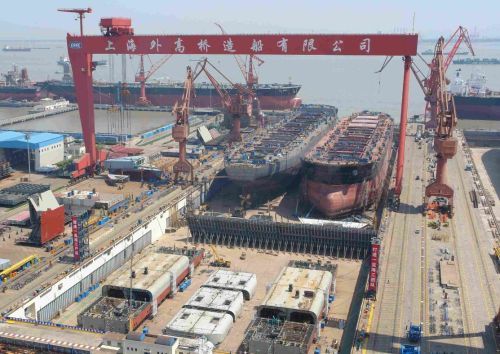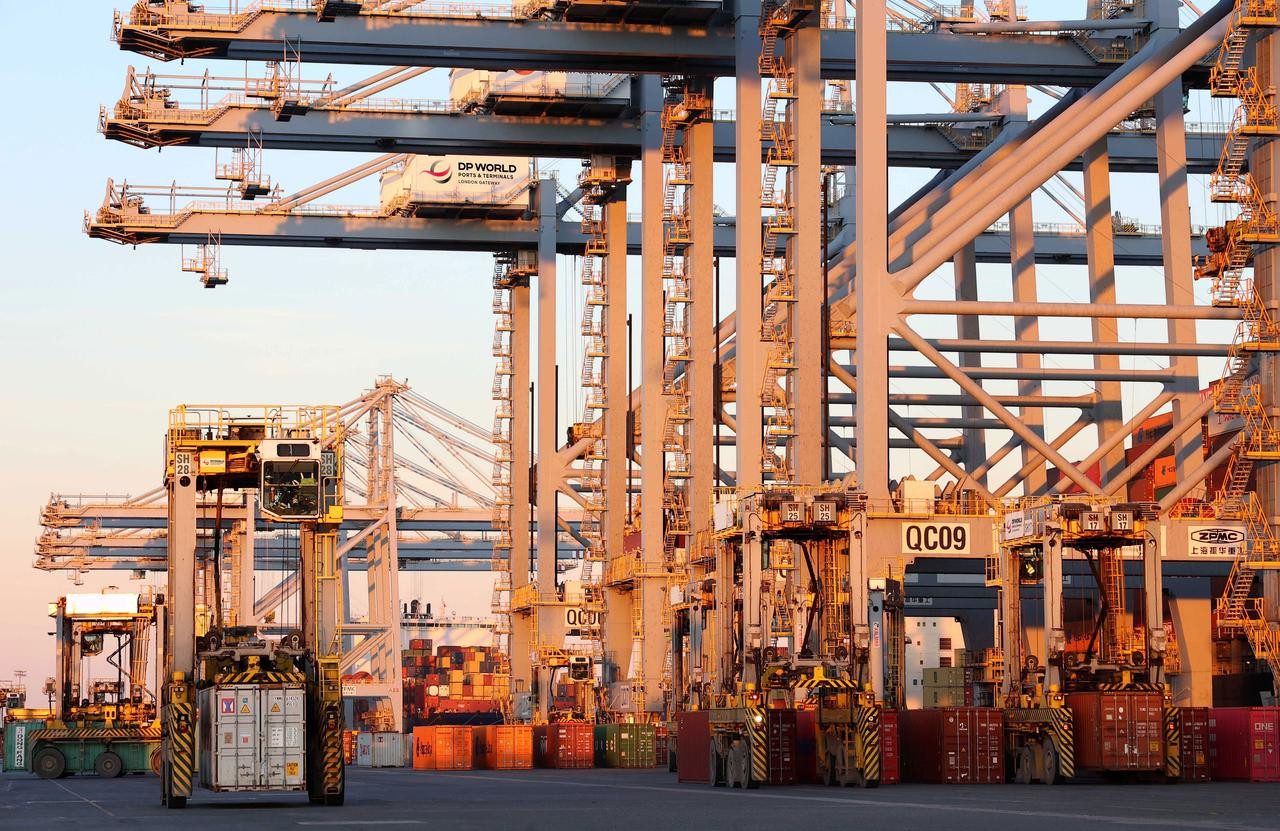click for larger
“Dry bulk recovery on the way: We are upgrading our maritime industries view to “In-Line” from “Cautious” as we see improved market fundamentals entering into 2014. We expect dry bulk to outperform other shipping segments as demand is set to surpass fleet supply growth in 2014 for the first time since 2008. This is driven by i) declining newbuild deliveries, ii) robust economic growth in China, iii) faster growth in Chinese iron ore imports as new, low-cost seaborne supply comes online and domestic production falls, and iv) high fuel prices keeping the average fleet speed low.
The above statement was issued by the shipping analyst, Fotis Giannakoulis, at Morgan Stanley. We disagree with the assessment above as we view the market from a completely different prospective. One aspect of the statement above we will not comment is the relative outperformance of one shipping sector to another, as we view the overall shipping industry may remain challenging for the next few years.
Morgan Stanley: Declining Newbuilding deliveries
We have no idea how Morgan Stanley concludes that newbuilding deliveries will decline in 2014. The chart details the orderbook, which has been relatively stable since the end of last year. As of the end of November 2013, the orderbook was 121.9 million deadweight tons (“dwt.”) versus 122,7 million dwt. at December 31, 2012. During the same period the fleet grew from 672.8 million dwt. (December 2012) to 708.8 million dwt. in November 2013. These are net growth statistics after salvage and conversions. In addition, the age profile of the fleet has become younger, by December 31, 2013, 0 years old to 9 years old vessels are expected to account for 70.6% of the fleet (54.9% being 4 years old or less). These vessels are more efficient than vessels 15years old to 25 years old.
As compared to the orderbook at the end of each year since 2001, the current orderbook of 121.9 million dwt. is neither excessively small or large. During this period, the orderbook was as low as 26.1 million dwt. at the end of 2001 and as high as 302.5 million dwt. at the end of 2003. Investors can expect the orderbook to remain strong as Quantitative Easing (“QE”) and the Zero Interest Rate Policy (“ZIRP”) initiated by central banks encourages risk taking and investment in shipping assets. Our expectations are that the orderbook grows causing further demand supply imbalances.
Morgan Stanley: Robust Economic Growth in China
I am not sure we need to show another picture of one of the “Ghost Cities” in China or a chart of the declining GDP growth rates since May 2013 in China and throughout Asia. Yes, Chinese growth should remain elevated as compared to developed countries, but GDP is declining in order to reign in excessive credit and the impact of “Official/Unofficial Economic Stimulus” programs that have injected capital/liquidity into the economic system. Our expectation is that at various points in the year the People’s Bank of China (“PBOC”), Chin’s central bank, will inject capital into the economic system and it will demand for industrial commodities will surge with the expansion of credit. Will it be based upon required demand, no. [Also See: Chinese Growth: An Unstable Financial System Upon Which a Shipping Recovery is Based
Morgan Stanley: Faster Growth in Chinese Iron Ore Imports as New, Low-Cost Seaborne Supply Comes Online and Domestic Production Falls
We agree there will be additional new iron ore capacity and production emerging from Australia and Brazil. However, as defined in the chart from data compiled by Bloomberg L.P. the additional capacity required for the new iron ore capacity is current absorbed by the increase in newbuildings through 2016. This chart also assumes no additional newbuildings for Capesize vessels are ordered by shipowners or investors. Furthermore, there is no assurance that an increase in ton-mile will be beneficial as an increased dry bulk fleet may be realized to a greater extent from the iron ore capacity in Australia versus Brazil. Significant additional iron ore capacity from Brazil is not anticipated until 2017. Finally, even if domestic production falls, a significant new iron ore production source, Mongolia, will begin to coming online. And since Mongolia does not require maritime shipping capacity to move the ore, shipowners will not benefit.
Morgan Stanley: As a Result of Expected Cuts in Chinese Steel Capacity in 2H14, Shipping Demand Growth is Likely to Start Moderating as Early as 2015
Assuming cuts in Chinese steel capacity will occur in the second half of 2014, we would anticipate that steel mills may begin cutting back on iron ore purchases towards the end of the first quarter and into the second quarter of 2014. Steel mills will not wait to cut demand for iron ore and coking coal until early 2015. In August 2014, following the “Unofficial Economic Stimulus” Program instituted by the PBOC, steel mills reacted quickly to take in iron ore and charter ships causing rates to rise quickly. It would be foolish to think the process does not work quickly in reverse. Clearly, a cut in steel capacity and production will have a negative impact on the price of iron ore and is expected to reduce shipping rates in 2014.
Morgan Stanley: High Fuel Prices Keeping the Average Fleet Speed Low
With Iranians having access to oil markets following a relief from sanctions and with nearly 37 million of barrels of oil stored on National Iranian Tanker Company (“NITC”) tankers, the potential impact on oil markets by the second quarter of 2014 may be substantial. Oil prices, should they come under pressure, will increase the average fleet speed of the dry bulk shipping and have a negative impact on dry bulk rates.
We believe the data infers a recovery in dry bulk is not in the offing. We do not expect an improved economic environment that will substantially cause shipping rates to be supported in 2014 and 2015 at levels that provide shipowners an attractive rate of return.
Jay Goodgal can be reached at [email protected]

 Join The Club
Join The Club











